- Have any questions?
- +86-189 8930 5995
- sales@mosinterchem.com.cn
Dactinomycin CAS 50-76-0

Cisplatin CAS 15663-27-1
19/12/2018
Mitoxantrone hydrochloride CAS 70476-82-3
19/12/2018| Model: | MOS 50-76-0 |
| Place of Origin: | Zhejiang,China (Mainland) |
| Brand: | MOSINTER |
| Molecular Formul: | C62H86N12O16 |
| Molecular Weight: | 1255.417 |
| CAS NO.: | 50-76-0 |
| Assay: | ≥95% |
| Storage temp.: | 2-8°C |
| EINECS: | 200-063-6 |
| Mp: | 251-253°C |
| Color: | red powder |
Dactinomycin (CAS: 50-76-0)
| Molecular Formul: | C62H86N12O16 |
| Molecular Weight: | 1255.417 |
| CAS Registry Number: | 50-76-0 |
| EINECS: | 200-063-6 |
| Assay: | ≥95% |
| Mp: | 251-253°C |
| storage temp.: | 2-8°C |
| Color: | red, powder |
Suitability: suitable for cell culture
Stability: Stable, but light sensitive, especially in dilute solution. Incompatible
with strong acids, strong bases, strong oxidizing agents. Combustible.
Dactinomycin is an antineoplastic antibiotic that inhibits cell proliferation by
forming a stable complex with DNA and blocking the movement of RNA polymerase
which interferes with DNA-dependent RNA synthesis. Induces apoptosis. Potent antitumor agent.
Mechanism
In cell biology, Actinomycin D is shown to have the ability to inhibit transcription. Actinomycin D
does this by binding DNA at the transcription initiation complex and preventing elongation of
RNA chain by RNA polymerase.
Clinical use
Actinomycin is a clear, yellow liquid administered intravenously and most commonly
used in treatment of a variety of cancers, including:
①Gestational trophoblastic neoplasia
②Wilms’ tumor
③Rhabdomyosarcoma
④Ewing’s sarcoma
⑤Malignant hydatidiform mole
Sometimes it will be combined with other medicine in Chemotherapy regimens, like the VAC
regimen (with Vincristine and Cyclophosphamide) for treating rhabdomyosarcoma and Ewing’s Sarcoma.
It is also used as a radiosensitizer in adjunct to radiotherapies, since it can increase the
radiosensitivity of tumor cells by inhibiting repair of sublethal radiation damage and delay
the onset of the compensatory hyperplasia that occurs following irradiation.
Side effects
Common adverse drug reaction includes bone marrow suppression, fatigue, hair loss, mouth ulcer,
loss of appetite and diarrhea. Actinomycin is a vesicant, if extravasation occurs.
Research use
Because Actinomycin can bind DNA duplexes, it can also interfere with DNA replication, although
other chemicals such as hydroxyurea are better suited for use in the laboratory as inhibitors of DNA
synthesis.
Actinomycin D and its fluorescent derivative, 7-aminoactinomycin D (7-AAD), are used as stains in
microscopy and flow cytometry applications. The affinity of these stains/compounds for GC-rich
regions of DNA strands makes them excellent markers for DNA. 7-AAD binds to single stranded
DNA; therefore it is a useful tool in determining apoptosis and distinguishing between dead cells and
live ones.
You must be logged in to post a review.

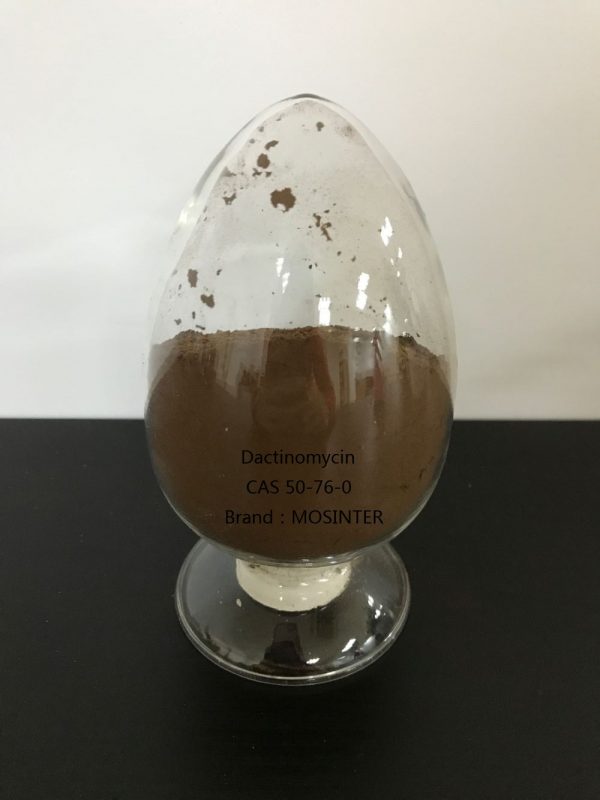
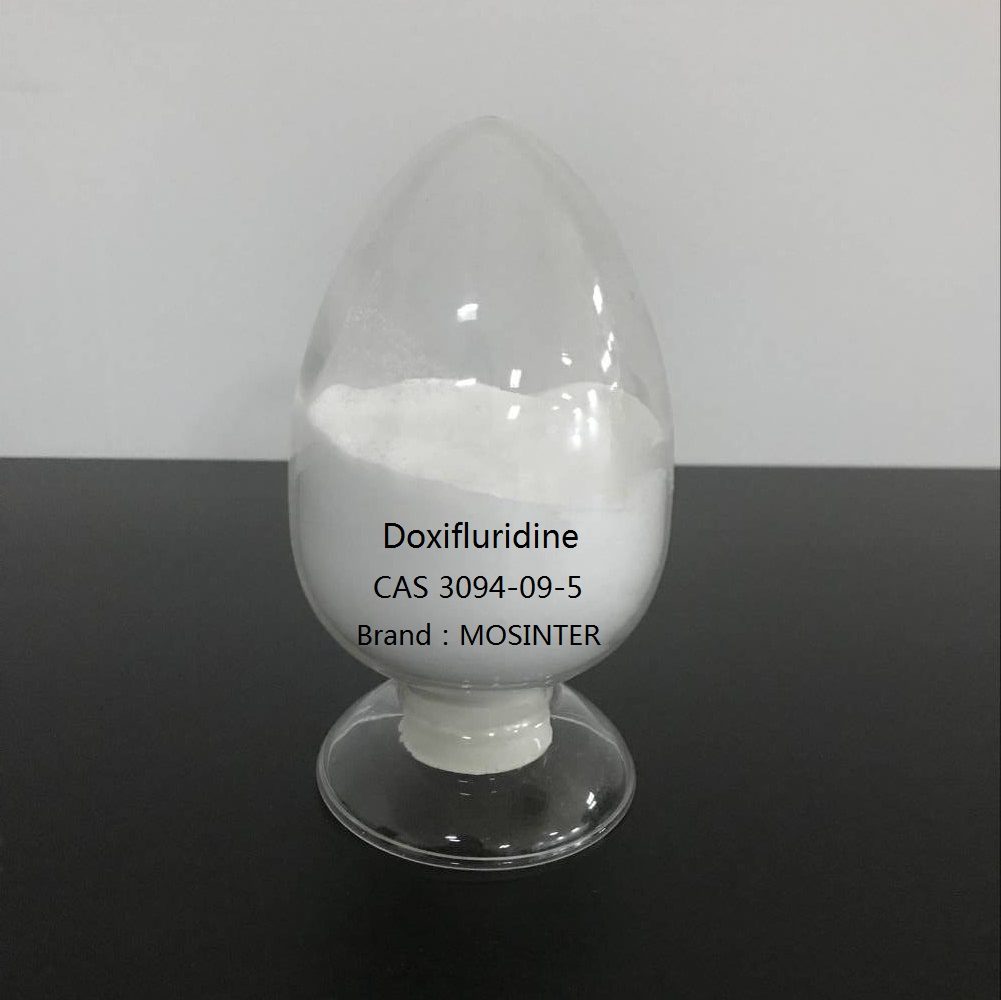
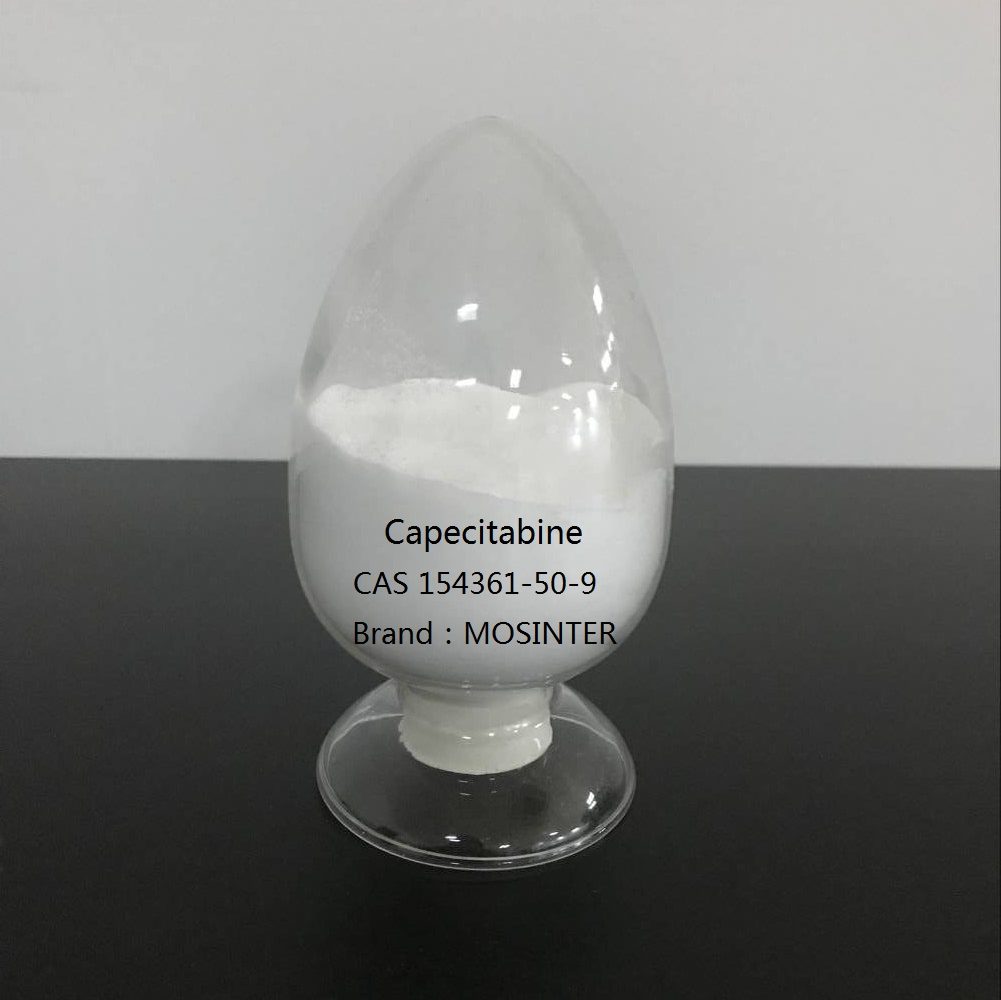
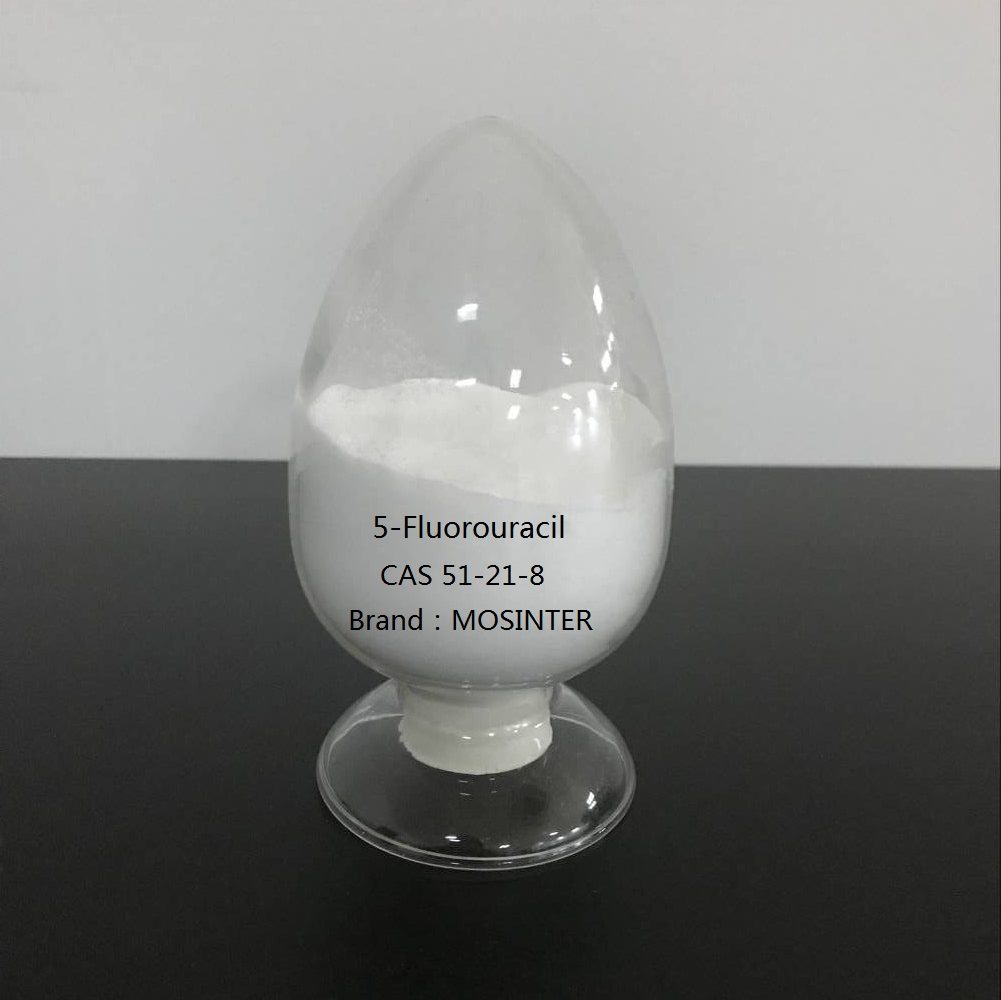
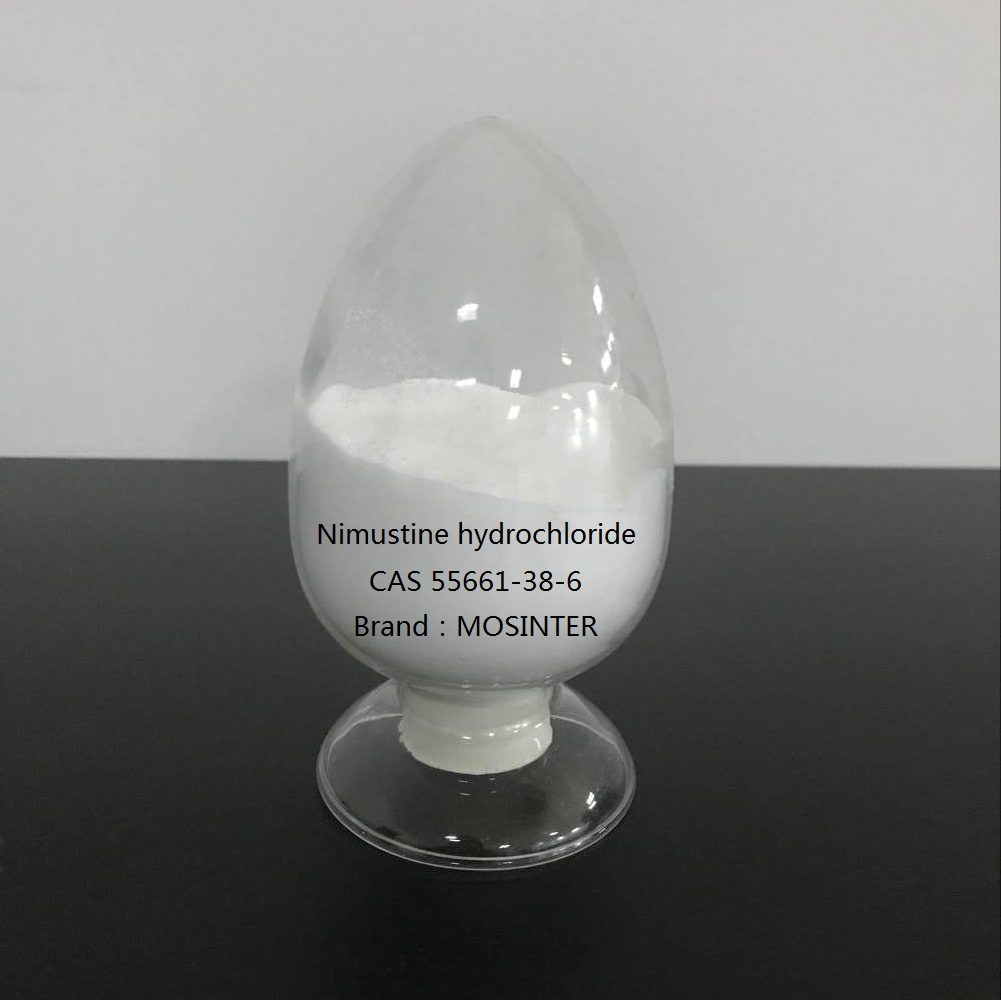
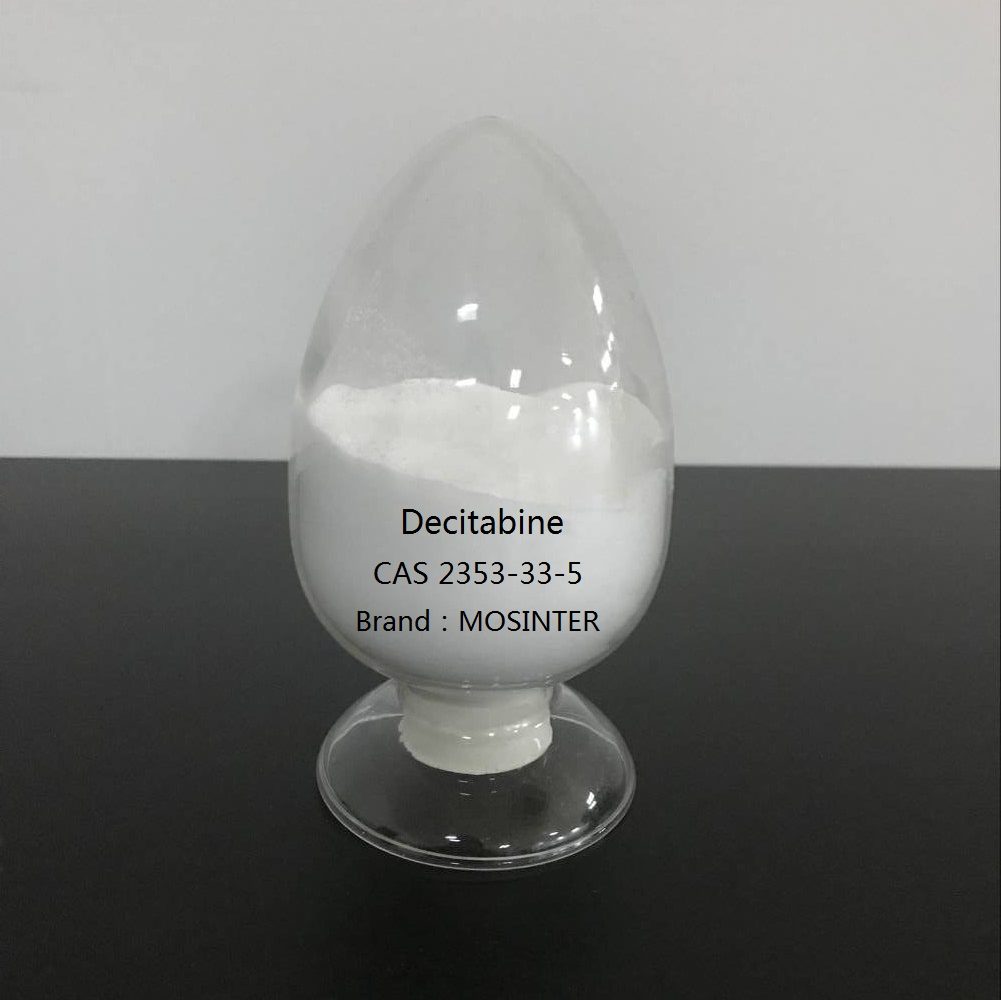
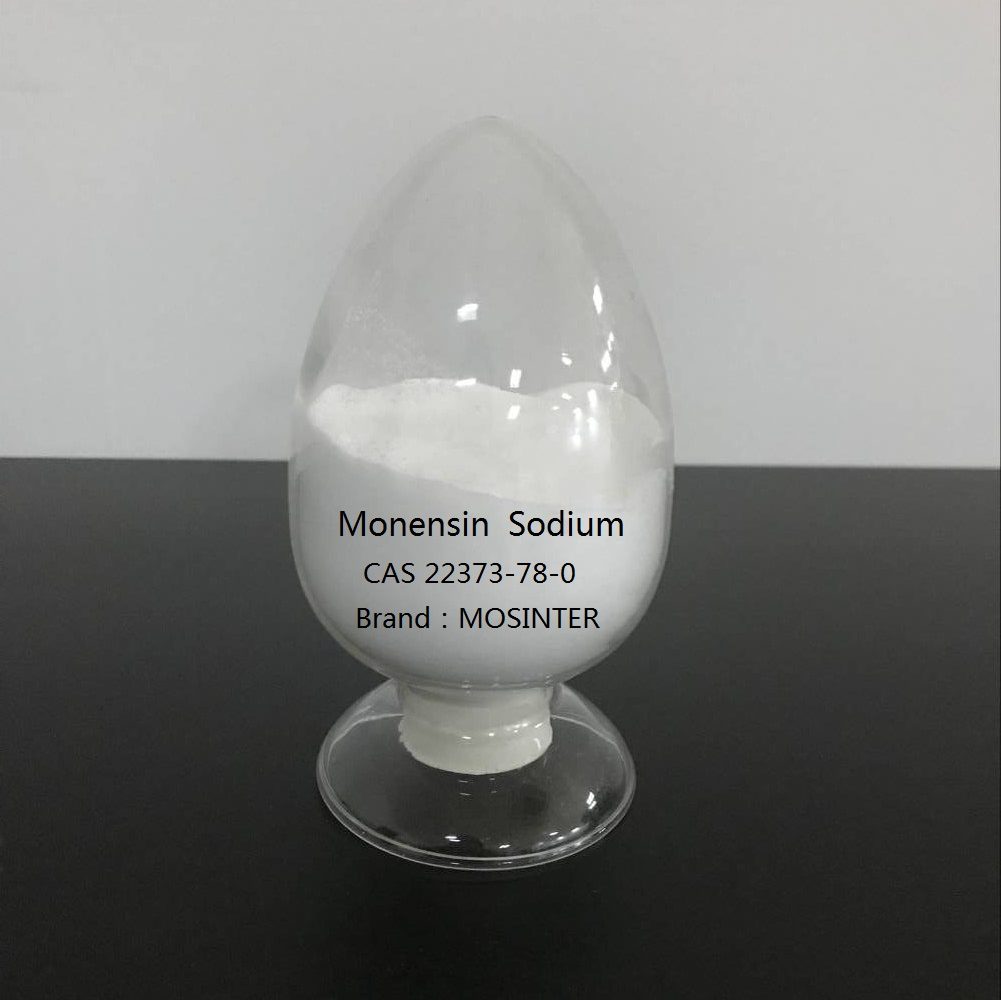
Reviews
There are no reviews yet.